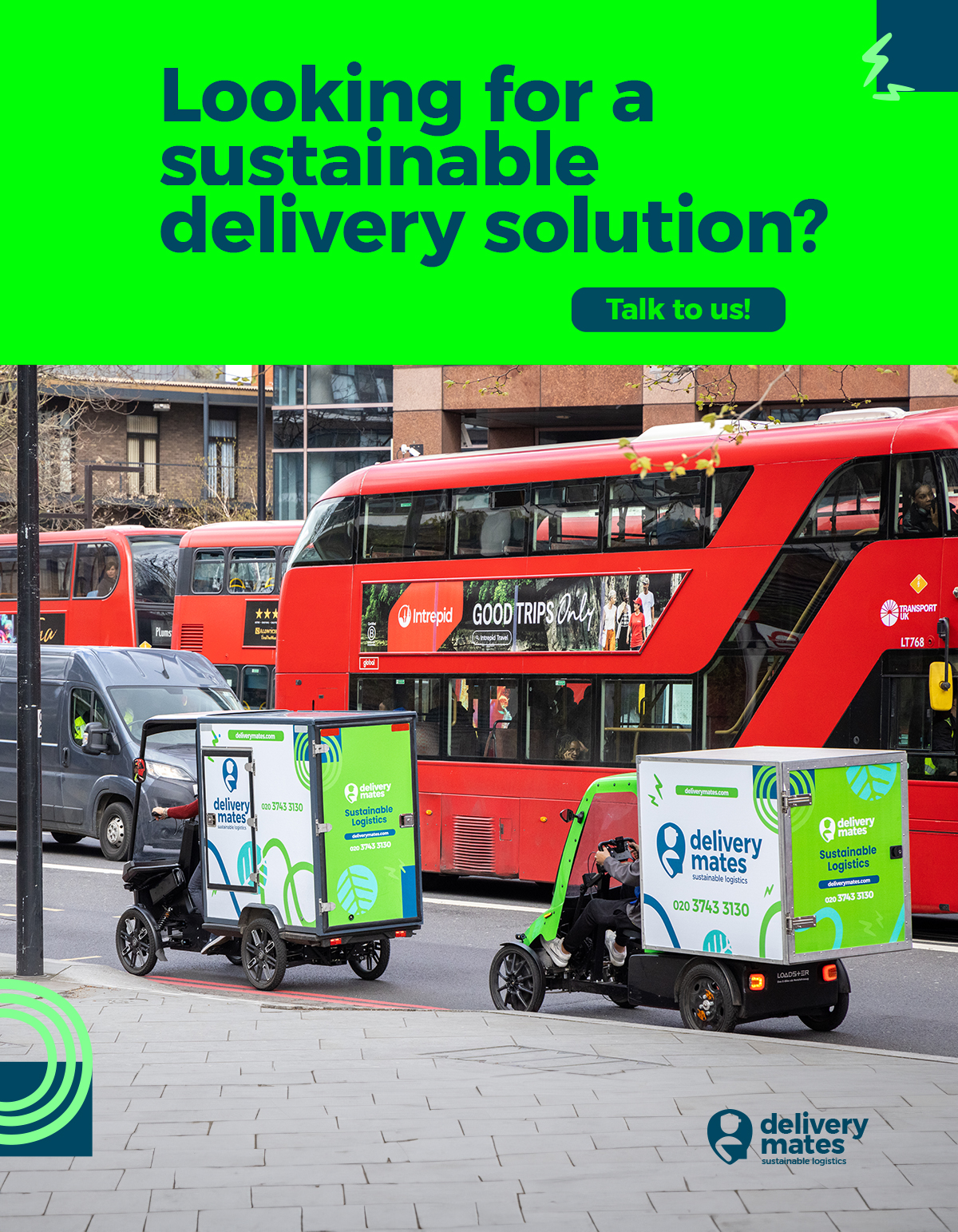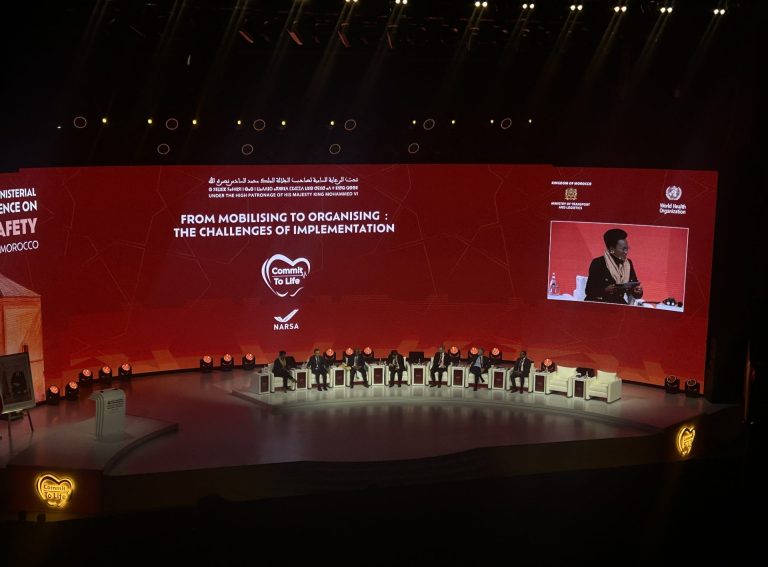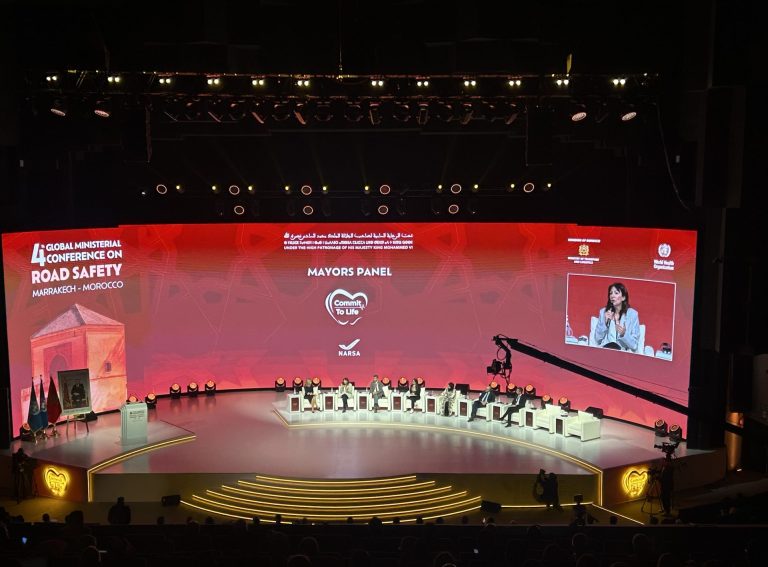Industry leaders have gathered at Micromobility UK 2024 in Warwick to discuss how shared micromobility should be made more inclusive for disabled people.
In today’s ‘Accessibility and Inclusion – Practice vs Policy’ workshop, CoMoUK, the Motability Foundation and Wheels for Wellbeing presented evidence on how shared micromobility can help disabled people overcome mobility challenges and why disabled people must be “explicitly” included in future legislation.
Research from Wheels for Wellbeing has discovered that 75% of disabled people find cycling easier than walking. However, CoMoUK presented that less than 10% of disabled people currently use a shared micromobility service.
“It’s really scary to see a whole new realm of public transport, which is micromobility, potentially developing in a way that excludes disabled people,” Wheels for Wellbeing Campaigns and Policy Manager Dr Kay Inckle said. “There’s a real urgency to ensure that disabled people, who make up 20% of the UK population, can utilise these services.”
Steering legislation with Wheels for Wellbeing
Research presented by Wheels for Wellbeing found that 90% of mobility impaired people do not have a suitable mobility aid to complete a 1-kilometre journey, and disabled people make 38% less journeys across all transport sectors in the UK than non-disabled people.
Earlier this year Sandra Witzel, a Board Trustee of the Research Institute for Disabled Consumers, told Zag that this transport accessibility gap means fewer trips for health care appointments for disabled people, less meetups with friends, fewer trips for groceries, “and just living life”.
Dr Kay Inckle outlined Wheels for Wellbeing’s proposals for legislation. This includes “explicitly” including Disabled people, as defined in the UK Equality Act 2010, as users of micromobility devices.
The charity also calls for an end to the regulation of mobility aids as “invalid carriages”. An invalid carriage is a legal term which refers to vehicles used to assist with physical disabilities, such as mobility scooters. Currently, disabled people are only permitted to use vehicles as mobility aids that fall under this category.
“We need to end this idea that disabled people’s mobility is regulated under a completely separate category than everybody else, and disabled people are only allowed to use vehicles as mobility aids that qualify under ‘invalid carriages”. It’s so discriminatory and it holds back innovation.
“There needs to be Low-speed Zero Emission Vehicles (LZEVs) for everybody and disabled people should be able to pick the LZEV that’s best for them. If you’re disabled you can use it in pedestrian spaces. If you’re not disabled, you can’t.
“It’s simplifying the categories so that it’s no longer about what disabled people can use, but instead how they can use them differently.”
CoMoUK’s five key barriers to usage
CoMoUK’s Deputy Chief Executive Antonia Charlton presented findings from a project recently commissioned by the Motability Foundation investigating what the future of micromobility services could look like for disabled people.
She highlighted five key barriers the industry needs to overcome to make shared micromobility more accessible for disabled people. These are: awareness and understanding, accessible communication channels, safety concerns, accessing the schemes, and vehicle adaptations.
To combat a lack of understanding, Antoina calls for representative marketing and audit apps and websites that are tested for their compatibility with different user groups.
Regarding safety, Antonia advocates for technical adaptations such as adding harnesses to bikes and safety alarms, as well as additional emergency support services, free try-outs and improved segregated infrastructure.
“Safety concerns are there for everybody,” Antonia told the workshop. “But if you are a vulnerable user, those concerns are obviously heightened.”
To help disabled people access shared bike and scooter schemes, Antonia said consideration should be made when designing parking bays and hubs, and called for staff to assist first-time riders on their initial trips.
Antonia said vehicle adaptation can be split into ‘minor’ and ‘major’ products. Minor actions include seat height adjustments, handlebar positions, brake adjustments, the ability to carry mobility sticks and more. Major products include three-wheel vehicles, two-seater vehicles, wheelchair add-ons and hand-operated controls.




